


Chinese flowers (鲜花,xiān huā) are a recurring theme in Chinese art (艺术,yì shù) and poetry (诗歌,shī gē). But without understanding the floriography — the meanings associated with certain flowers —, the symbolism (象征意义,xiàng zhēng yì yì) could go over your head. While some flowers represent (代表,dài biǎo) seasons or months, others have symbolic meanings based on their Chinese names. Learn the importance of flowers in Chinese culture along with symbolism and taboos associated with some Chinese flowers.
Magnolia (玉兰花,yù lán huā)
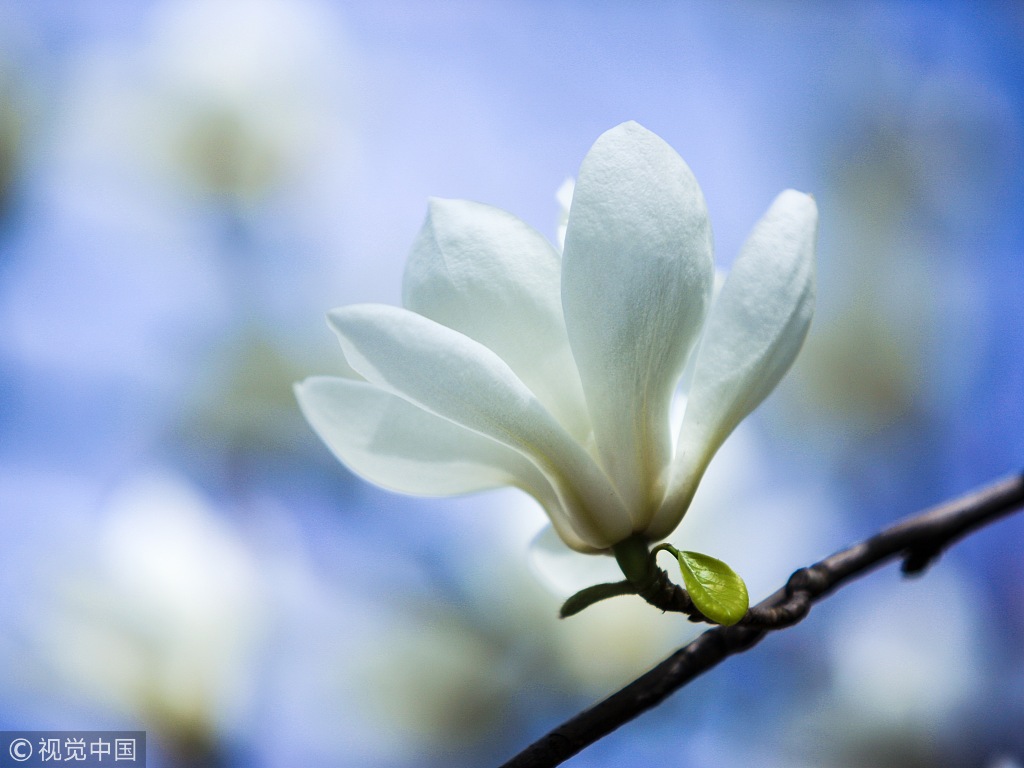
Magnolias were once so precious (珍贵的,zhēn guì de), that only Chinese emperors were allowed to own them. They have also been used in Chinese medicine (中药,zhōng yào). Today, magnolias represent beauty.
Peony (牡丹,mǔ dān)
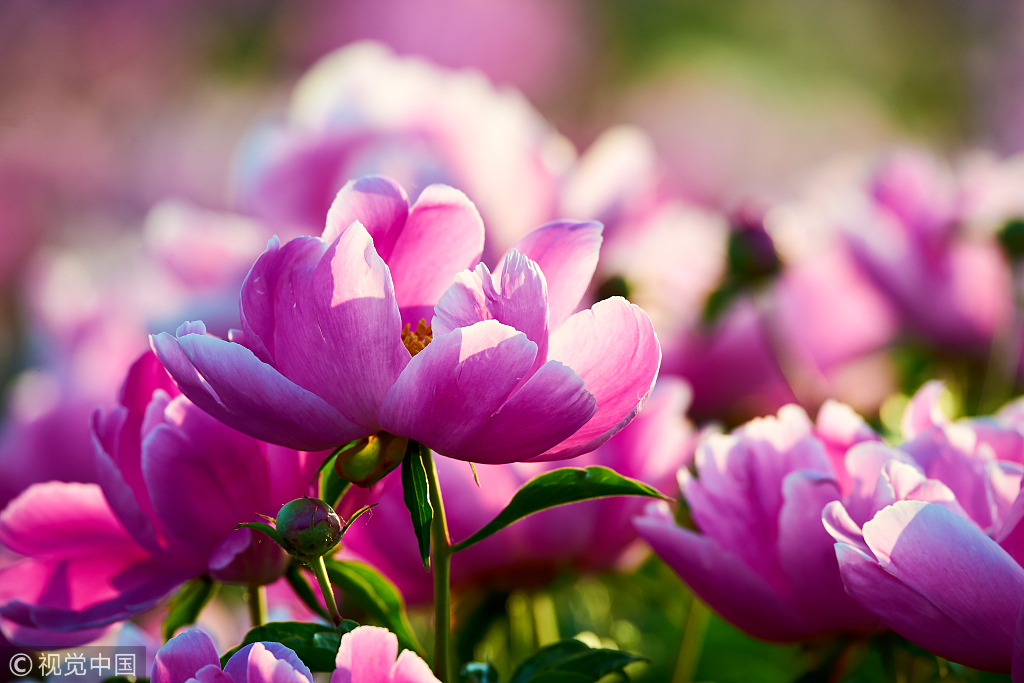
Peonies are the flower of spring, also known as the "queen of flowers (百花之王,bǎi huā zhī wáng)." The flowers symbolize fame (名望,míng wàng) and wealth (财富,cái fù). Red peonies are the most desired and valuable, while white peonies symbolize young, witty, beautiful girls.
Lotus (荷花,hé huā)
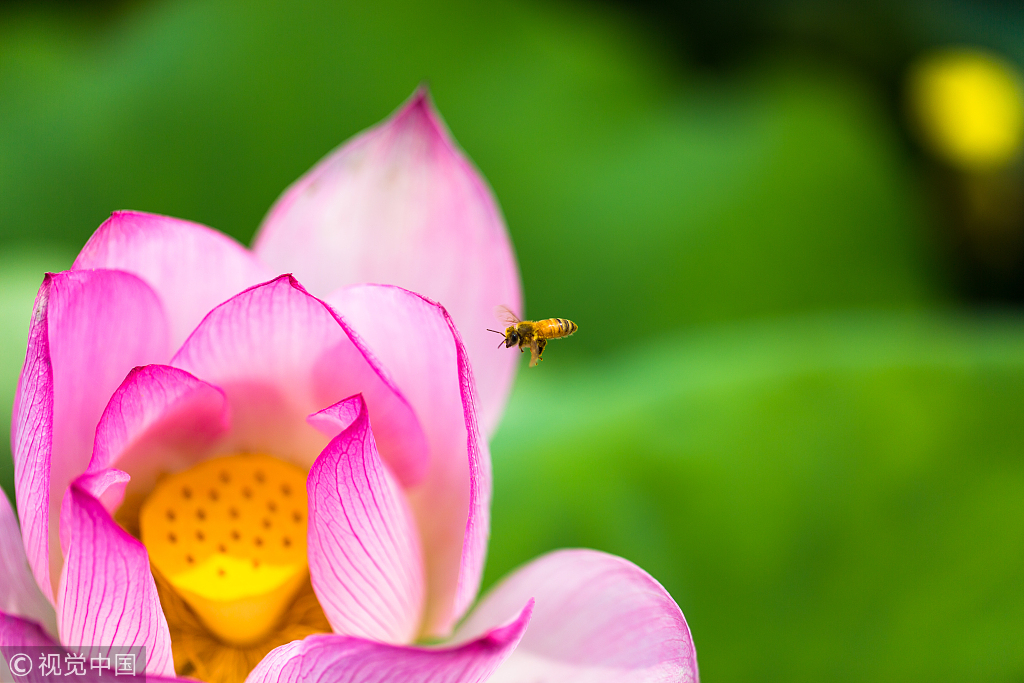
The lotus is a flower that is steeped in Buddhist (佛教,fó jiào) symbolism and is considered one of the eight precious things in the Buddhist faith (佛教八大法器,fó jiào bā dà fǎ qì). It symbolizes purity (纯洁,chún jié) and coming out of mire unsullied (出淤泥而不染,chū yū ní ér bù rǎn). The lotus is said to bloom in Beijing on lunar (阴历,yīn lì) April 8, which is the Buddha’s birthday (佛的诞辰,fó de dàn chén), and on lunar January 8, which is lotus day. The lotus is known as the gentleman's flower (花之君子,huā zhī jūn zǐ) because it grows out from the mud, pure and unstained.
Chrysanthemum (菊花,jú huā)
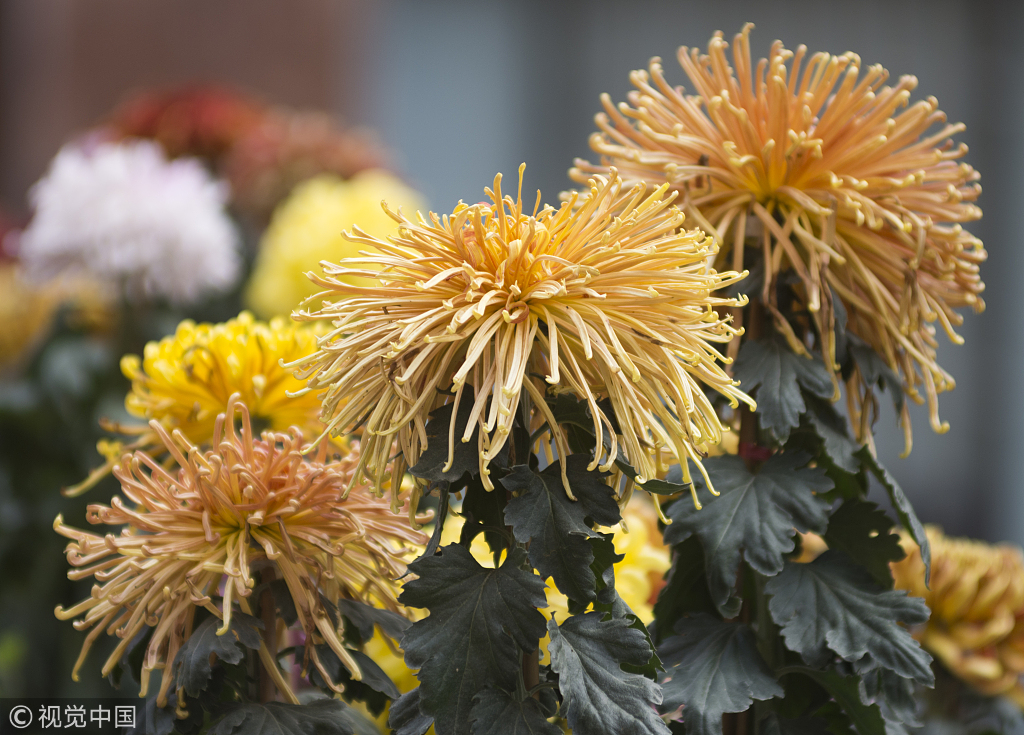
Chrysanthemums are one of the most common flowers in China and are symbolic of autumn and of the ninth lunar month. The Chinese word for chrysanthemum is similar to jū (居), which means "to remain" and jiǔ (久) which means "long time." Therefore, chrysanthemums symbolize duration and a long life (长寿,cháng shòu).
Hibiscus (芙蓉花,fú róng huā)
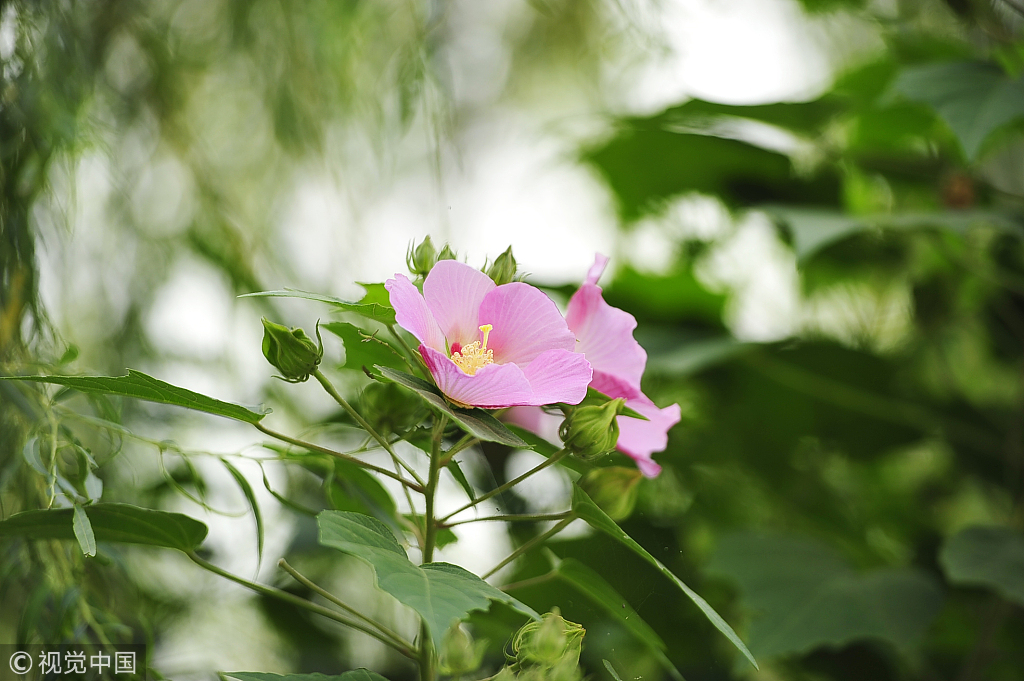
The hibiscus is a popular Chinese flower that symbolizes fame, riches, glory (荣耀,róng yào), and splendor (辉煌,huī huáng). The flower also can symbolize the fleeting and beauty of fame or personal glory and is given as a gift to both women and men.
Lily (百合,bǎi hé)
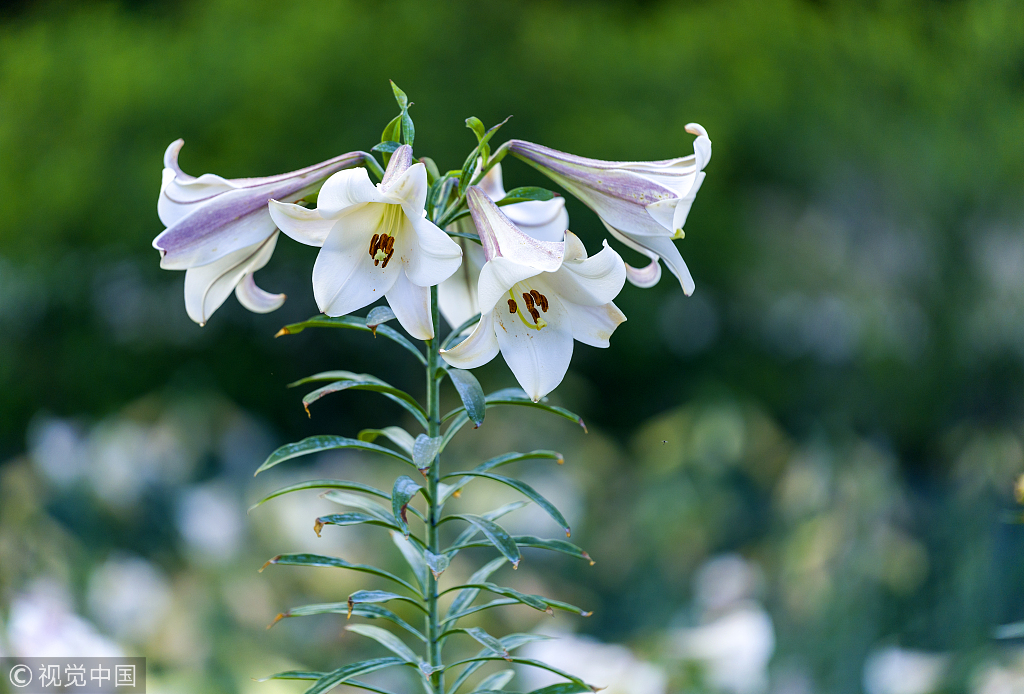
The Chinese word for lily sounds like bǎi hé, which is part of the proverb bǎi nián hǎo hé (百年好合), which means "happy union for one hundred years." The flower is considered a good gift for all occasions (场合,chǎng hé) and are said to help people forget their troubles.
Other Flower Symbolism
In addition to flowers and plants having their own symbolism, the color (颜色,yán sè) of a flower can also give it a special meaning in Chinese culture. For example, pink and red are colors of celebration, good luck (好运,hǎo yùn), and happiness (幸福,xìng fú), while white is the color of death (死亡,sǐ wáng) and ghosts.
Key Words:
象征:symbolize
Bó lín qiáng de dǎo tā xiàng zhēng zhe dōng xī fāng lěng zhàn de jié shù
柏林墙的倒塌象征着东西方冷战的结束。
The fall of the Berlin Wall symbolized the end of the Cold War between East and West.
君子:a man of noble character; gentleman
nǐ bì xū biǎo xiàn de xiàng gè jūn zǐ
你必须表现得像个君子。
You must show yourself as a gentleman.
颜色:color
nǐ zuì xǐ huān shí me yán sè
你最喜欢什么颜色?
What's your favorite color?
Editor: Jade
Source: Thoughtco.com
If you have any problems with this article, please contact us at app@chinadaily.com.cn and we'll immediately get back to you.